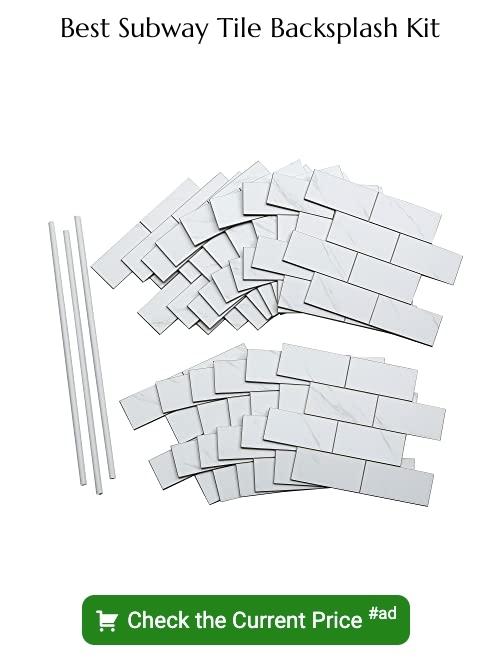Last updated on
Discover the perfect subway tile size for your kitchen backsplash, as we guide you through various options to enhance both functionality and aesthetics.
Are you planning to renovate your kitchen and wondering what size of subway tile would be perfect for your backsplash? Subway tiles have been a popular choice for kitchen backsplashes for many years due to their timeless and classic appeal. However, choosing the right size can make all the difference in achieving the desired look and functionality.
In this article, we’ll explore different sizes of subway tiles and help you decide which one is best suited for your kitchen’s style, layout, and personal preferences. So grab a cup of coffee or tea, sit back, and let’s dive into the world of subway tiles!
Key takeaways:
- 3×6 inches is the most common subway tile size for kitchen backsplashes.
- Other popular sizes include 2×4 inches and 4×8 inches.
- Consider factors like kitchen style, available space, and maintenance when selecting tile size.
- Smaller tiles allow for intricate designs, while larger tiles create a more spacious look.
- Customization options include patterns, colors, and layout (vertical or horizontal).
What's Inside
Understanding Subway Tile Sizes
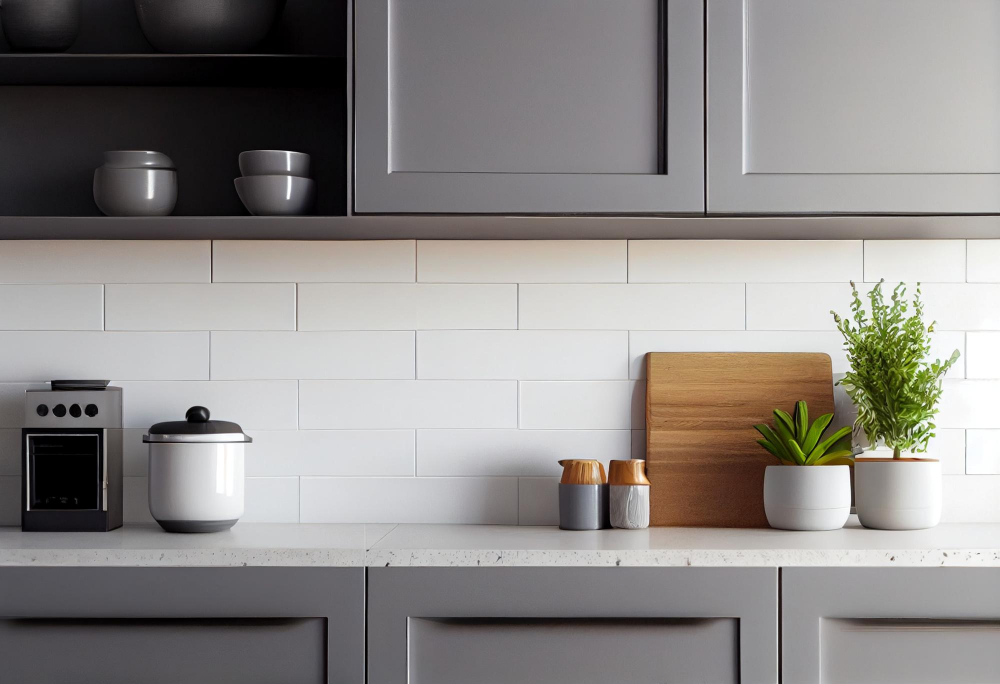
The most common subway tile size is 3×6 inches, which has been used for over a century in New York City’s subway stations. However, with modern manufacturing techniques and design trends evolving, there are now many more options available.
Subway tiles can range from small mosaic-like pieces to large-format panels that mimic natural stone slabs. Some popular sizes include 2×4 inches, 4×8 inches, and even larger formats like 12×24 or 18×36 inches.
When selecting the right size for your kitchen backsplash project consider factors such as the overall style of your kitchen decor scheme; whether you want a classic look or something more contemporary; how much space you have available on your walls; what type of pattern or layout you prefer (e.g., herringbone vs straight); and how much maintenance will be required over time.
Understanding subway tile sizes is crucial when choosing the perfect fit for your kitchen backsplash project.
Standard Subway Tile Sizes
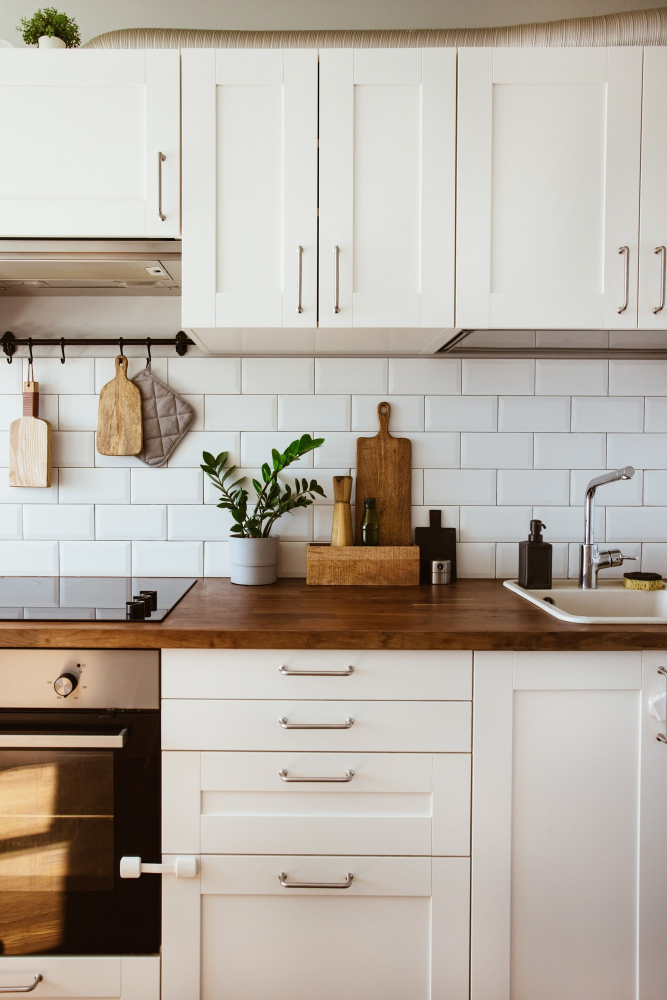
The most common size is 3 inches by 6 inches, which has been the traditional subway tile size for over a century. However, as kitchen designs have evolved and become more modernized, larger subway tiles have also gained popularity.
Other standard sizes include 2 inches by 4 inches and 4 inches by 8 inches. These smaller or larger options may be better suited to your specific kitchen design needs than the traditional size of three-by-six-inch tiles.
When choosing a tile size for your backsplash project, it’s important to consider both aesthetics and functionality. Larger tiles can make small kitchens appear more spacious while smaller ones create intricate patterns that add visual interest to any space.
In addition to considering the overall look of your backsplash when selecting a tile size option from among these standards; you should also think about how easy they will be installed on walls with varying angles or curves around appliances like sinks or stovetops where precision cuts may be necessary.
Popular Subway Tile Sizes for Kitchen Backsplashes
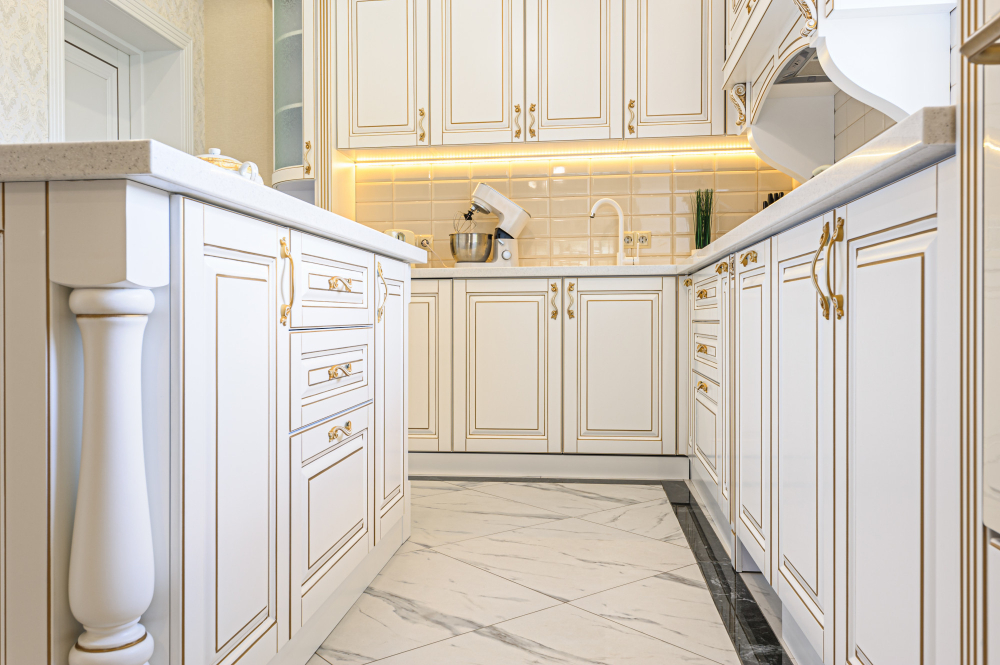
These sizes have been used for decades and continue to be a favorite among homeowners due to their versatility in design. The classic look of these tiles can complement any style, from traditional farmhouse kitchens to modern minimalist spaces.
The 3×6 inch size is the original subway tile size that was first used in New York City’s subways over a century ago. It has since become an iconic shape that is widely recognized as “subway” tile.
This size works well for smaller kitchens or when you want a more delicate look.
On the other hand, if you have a larger kitchen or want your backsplash to make more of an impact, consider using 4×8 inch tiles instead. This slightly larger option provides more coverage area while still maintaining the classic subway tile appearance.
Choosing the Right Size for Your Kitchen Backsplash
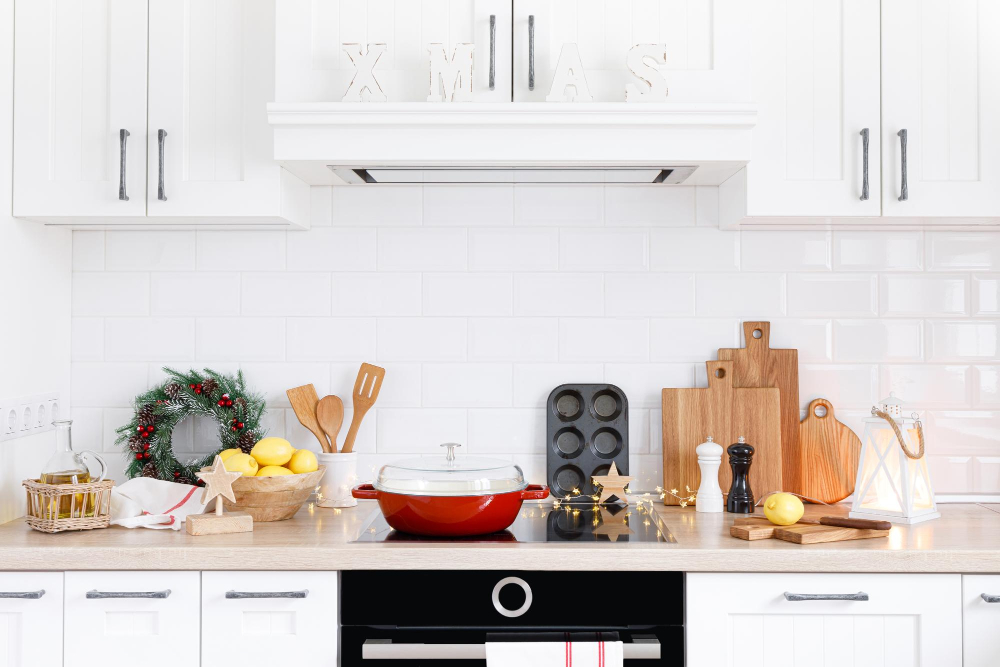
First and foremost, you’ll want to think about the overall style of your kitchen. If you have a smaller space or prefer a more traditional look, then standard 3×6 inch subway tiles may be the best choice for you.
However, if you’re looking for something more unique or modern, larger sizes like 4×8 inches or even elongated subway tiles can make an impact.
Another important factor is your layout and design preferences. For example, if you have high ceilings in your kitchen and want to create an illusion of height or depth on your walls then vertical installation with longer tiles might be ideal.
Factors to Consider When Selecting Subway Tile Size
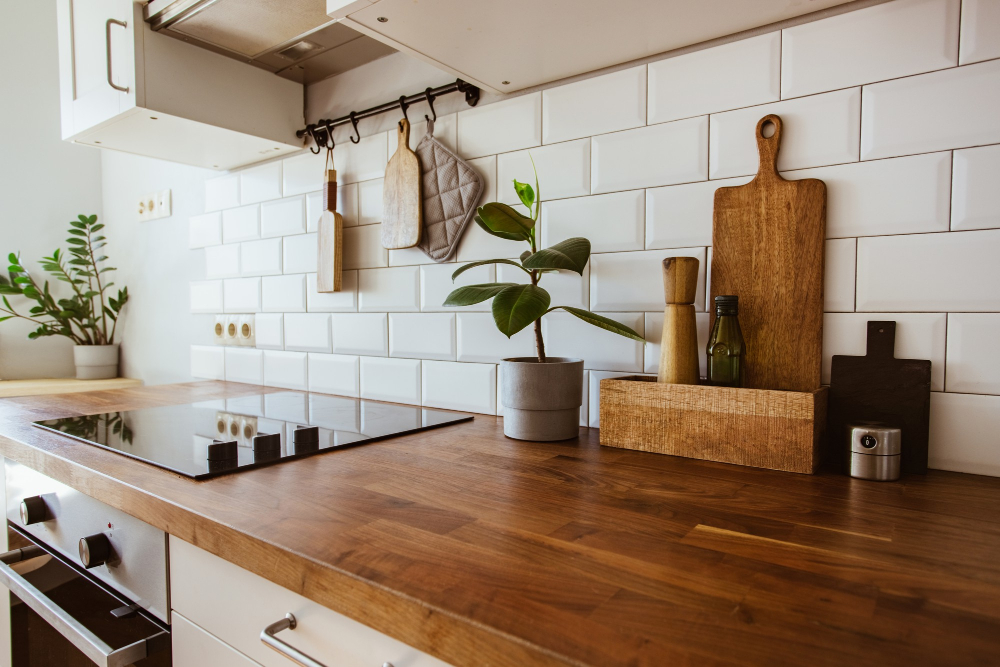
One of the most important is the overall style and layout of your kitchen. If you have a small or narrow space, smaller tiles may be more appropriate as they can create an illusion of depth and make your kitchen appear larger than it actually is.
Another factor to consider when choosing subway tile size is personal preference. Some people prefer larger tiles because they require fewer grout lines, which can give a cleaner look with less maintenance required over time.
Others prefer smaller tiles because they allow for more intricate designs and patterns.
The color scheme in your kitchen should also play a role in determining what size subway tile would work best for you. Lighter colors tend to make spaces feel bigger while darker colors add warmth but can also make rooms feel smaller if not used correctly.
Small Subway Tiles

These tiles come in various sizes, ranging from 1×2 inches up to 3×6 inches. Small subway tiles can create a unique look that is both modern and classic at the same time.
One of the benefits of using small subway tiles is that they allow you to create intricate patterns or designs on your backsplash. You can mix and match different colors or use contrasting grout lines for added visual interest.
Another advantage of small subway tile is its versatility in fitting into tight spaces, such as behind stovetops or under cabinets where larger sized tile may not fit well. This makes it an ideal choice if you have limited space but still want a stylish backsplash.
When selecting small-sized Subway Tiles, keep in mind that smaller size means more grout lines which require extra cleaning effort compared with larger ones; however, this also allows customization options by choosing different colored grouts which will make your design pop out even more!.
Large Subway Tiles
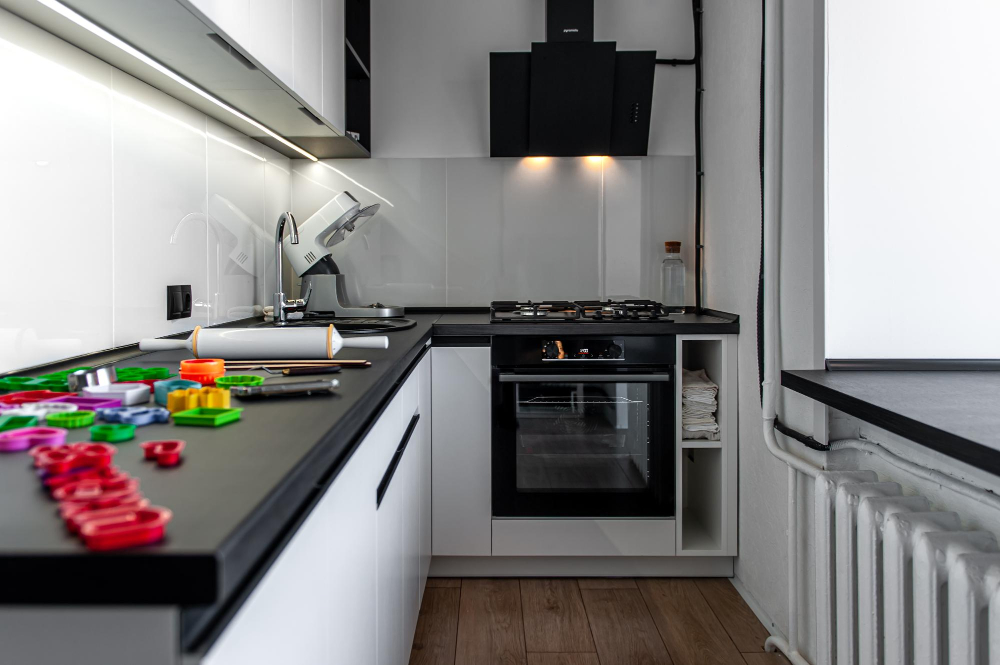
Large subway tiles are typically 4×12 inches or larger, which means fewer grout lines and a cleaner appearance. They can make your kitchen feel more spacious by creating an illusion of depth.
One advantage of using large subway tiles is that they require less maintenance than smaller ones because there are fewer grout lines to clean. However, keep in mind that installing larger tiles requires more precision during installation to ensure they fit perfectly on the wall without any gaps or unevenness.
Another benefit of using large subway tile is that it allows you to create unique patterns with different layouts such as herringbone or vertical stack bond pattern. You can also mix and match colors to add visual interest while maintaining a cohesive look throughout your kitchen design.
When selecting the size of your tile, consider factors such as cabinet height, countertop material/color/texture/patterns/lighting fixtures/cabinet hardware style etc., so everything works together harmoniously.
Color Considerations
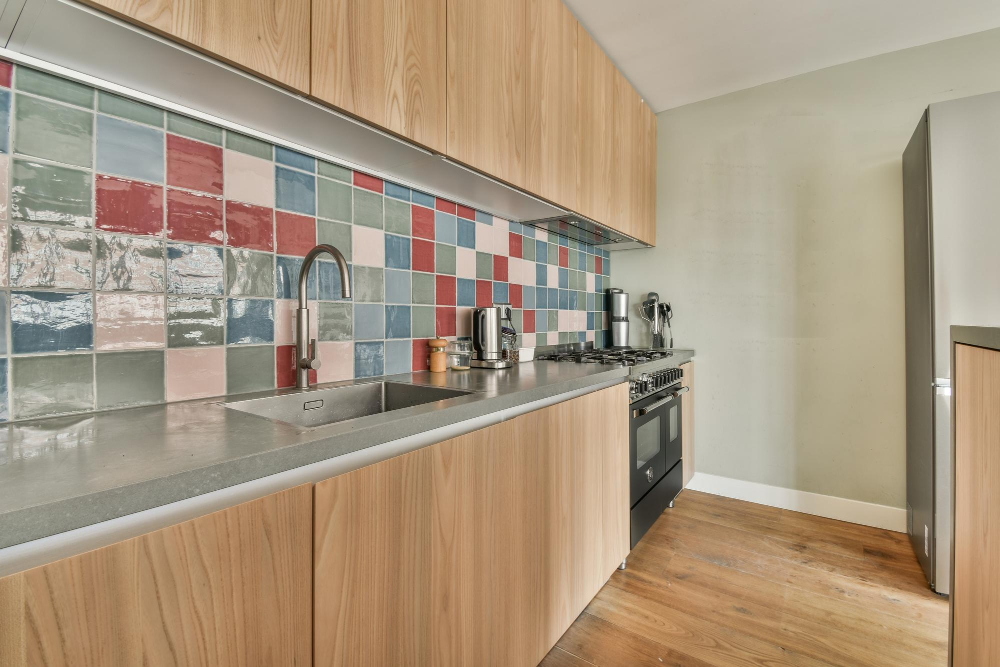
First and foremost, you want to choose a color that complements the overall style and design of your kitchen. If you have a neutral or monochromatic color scheme in your kitchen, adding colorful tiles can create an eye-catching focal point.
On the other hand, if you already have bold colors in your kitchen decor or cabinetry, opting for white or light-colored subway tiles can help balance out the space while still providing texture and interest.
Another consideration is whether you want solid colored tiles or ones with patterns. Patterned subway tiles can add visual interest without being too overwhelming if used sparingly as accents within a larger field of solid-colored tiles.
Ultimately, when selecting colors for your backsplash tile be sure to take into account how they will look against other elements such as countertops and cabinets.
Patterns & Designs
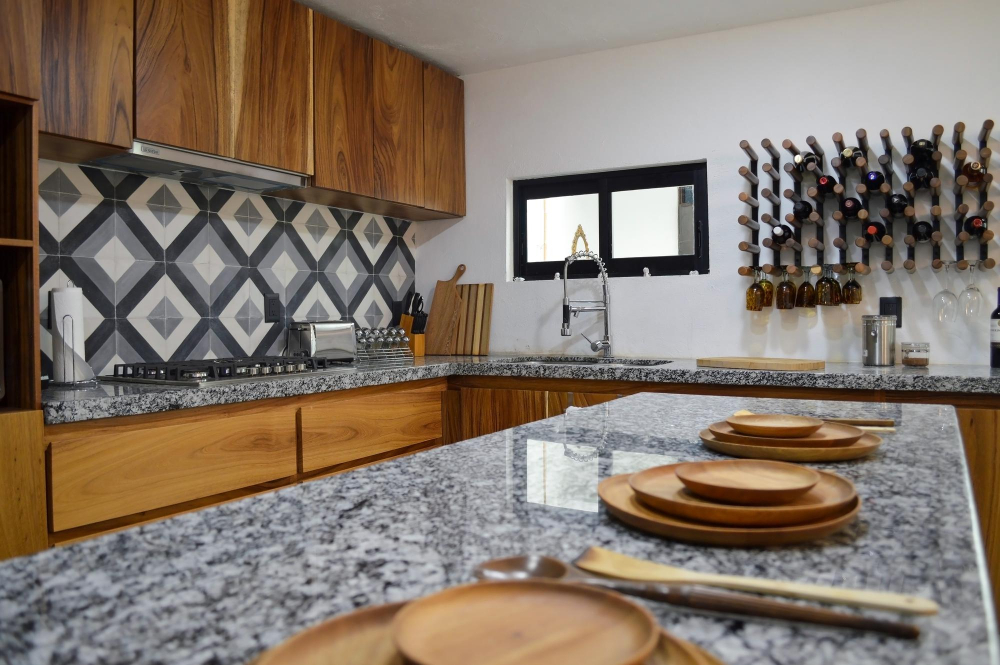
Subway tiles can be arranged in a variety of ways to create different looks and styles for your kitchen backsplash. The classic brick pattern is the most common layout for subway tiles, but you can also experiment with herringbone, basket weave or diagonal patterns.
If you want to add some visual interest or texture to your backsplash, consider using textured subway tiles such as beveled edge or handmade options. You could also mix and match different sizes of subway tiles within one design.
Another way to customize your backsplash is by incorporating accent pieces like mosaic inserts or border strips made from glass, stone or metal materials that complement the color scheme of your kitchen.
Vertical Vs. Horizontal Layout
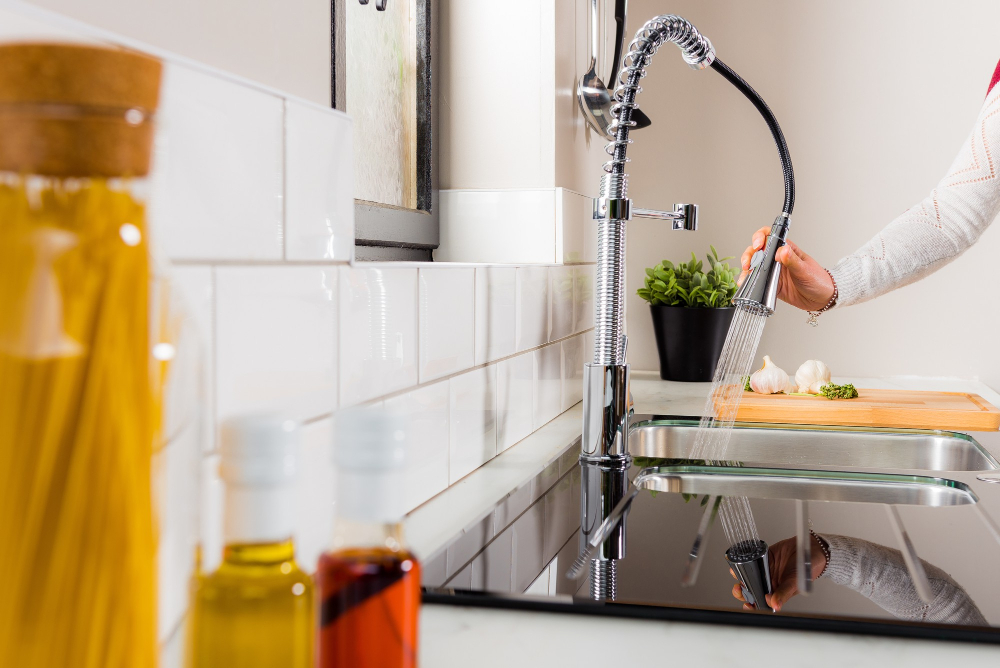
Both layouts can create different visual effects and impact the overall look of your kitchen.
A horizontal layout is more traditional and creates a classic look that has been popular for decades. It’s also easier to install since there are no cuts required at the top or bottom edges of each tile.
This makes it an ideal choice if you’re looking for a quick DIY project.
On the other hand, a vertical layout can make your space appear taller and more spacious than it actually is. This style works well in kitchens with low ceilings or limited wall space as it draws attention upwards towards the ceiling.
Ultimately, whether you choose to go with a horizontal or vertical pattern will depend on personal preference and what suits your kitchen best aesthetically speaking.
Customizing Subway Tile Patterns for Your Backsplash
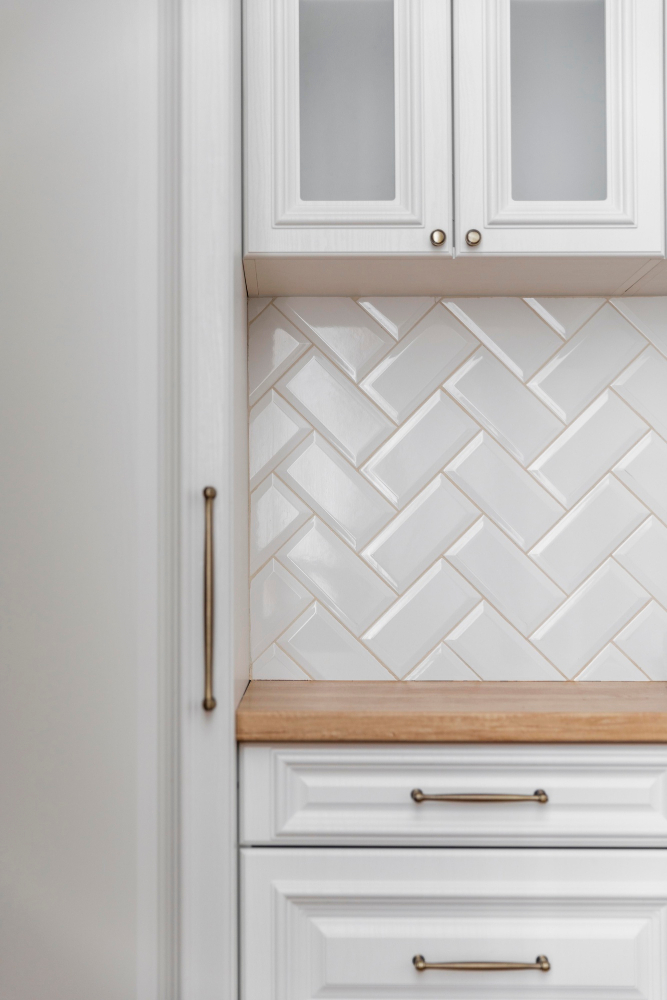
You can create a unique and personalized look for your kitchen backsplash by customizing the pattern of your subway tiles. One popular option is to use a herringbone pattern, which adds visual interest and texture to any space.
Another option is a diagonal or chevron pattern that creates an eye-catching design element.
If you’re feeling adventurous, consider mixing different sizes of subway tiles in various patterns for added depth and dimensionality. For example, using larger-sized tiles in the center with smaller ones on either side can create an interesting focal point.
You could also play around with color combinations or add accent pieces such as glass mosaic inserts or metallic trim pieces for added flair.
The key when customizing your subway tile backsplash is to experiment until you find something that speaks to you while still complementing your overall kitchen design scheme.
Comparing Materials for Subway Tile Backsplashes
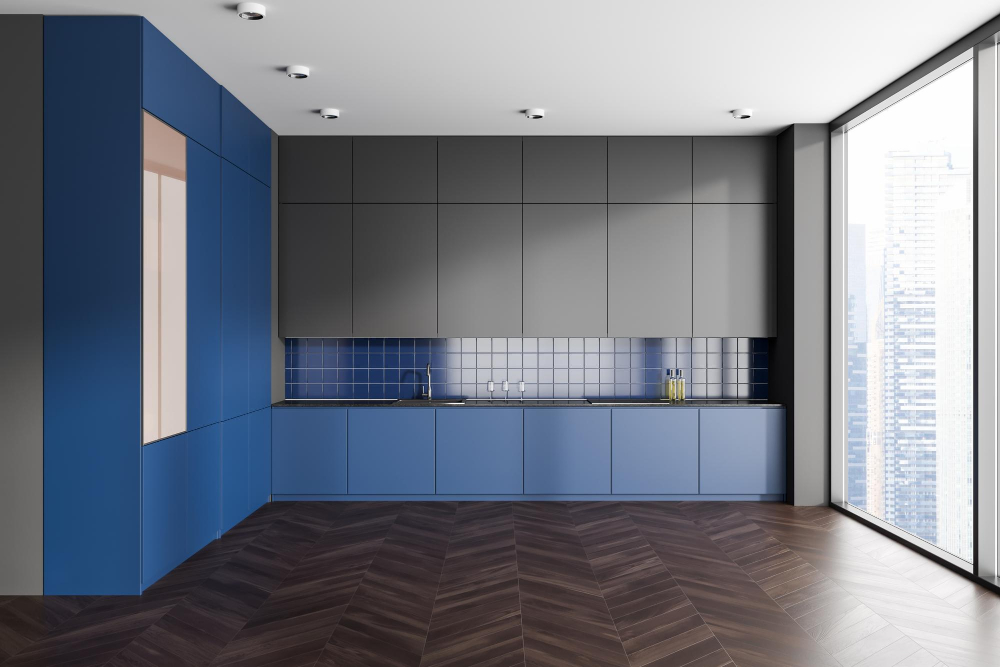
The most common options include ceramic, porcelain, glass and natural stone tiles. Each material has its own unique characteristics that can affect the overall look and feel of your kitchen.
Ceramic tiles are a popular choice due to their affordability and durability. They come in a wide range of colors and patterns which makes them versatile for any design style.
Porcelain tiles have similar qualities as ceramic but they tend to be denser making them more resistant against scratches or chips.
Glass subway tiles offer an elegant touch with their reflective surface that adds depth and dimensionality while also being easy-to-clean.
Natural stone such as marble or granite is another option for those who want a luxurious finish on their backsplash but keep in mind these materials require more maintenance than other options mentioned above.
Tile Spacing & Grout Lines
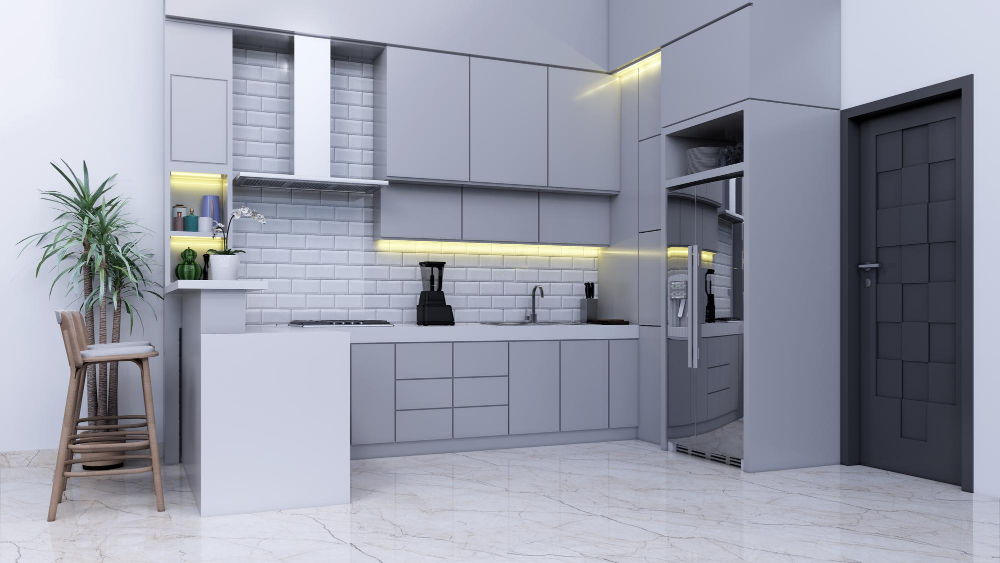
The standard spacing for subway tiles is 1/8 inch, but you can go as narrow as 1/16 inch or as wide as 3/16 inch depending on your preference. Narrower grout lines give a more seamless appearance while wider ones create a bolder statement.
It’s important to note that smaller-sized tiles require narrower grout lines than larger ones because they have less surface area to cover. If you’re using colored or patterned tiles, consider choosing a contrasting color for the grout line so that it stands out and enhances the design.
Properly spaced and aligned subway tile installation requires precision workmanship; therefore hiring an experienced professional installer may be necessary if you want perfect results. However, DIY enthusiasts with some experience in tiling could also achieve great results by following manufacturer instructions carefully.
DIY Vs. Professional Installation
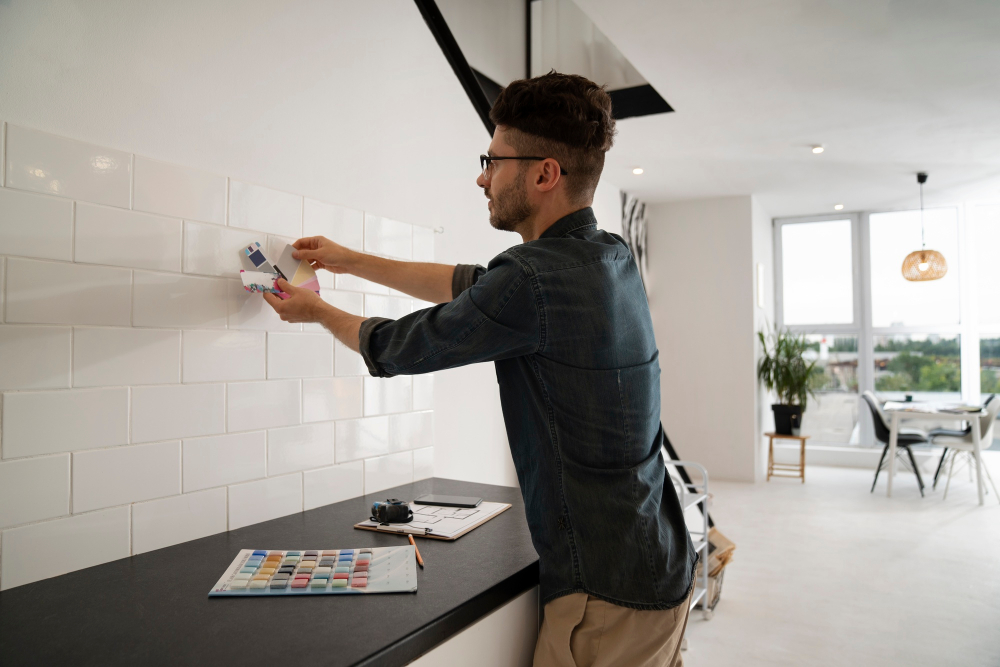
While the former may seem like a cost-effective solution, it’s important to consider your skill level and experience before taking on such a project. Installing tiles requires precision and attention to detail, which can be challenging for beginners.
Professional installers have the necessary tools and expertise needed for proper installation. They also know how to handle any unexpected issues that may arise during the process.
Hiring professionals will save you time and ensure that your backsplash is installed correctly.
However, if you’re confident in your abilities or want to save money by doing it yourself, there are plenty of resources available online that can guide you through each step of the process.
Cost & Budget Factors

The price of subway tiles can vary depending on the material, size, brand, and quantity needed for your project. Larger tiles may be more expensive than smaller ones due to their weight and installation requirements.
If you’re working with a tight budget but still want a stylish backsplash that will stand the test of time, there are several options available. One option is to choose smaller sized subway tiles as they tend to be less expensive than larger ones.
Another option is selecting ceramic or porcelain materials over natural stone or glass which can also save you money.
It’s essential not only to consider upfront costs but also long-term maintenance expenses when making decisions about your kitchen renovation project. While some materials may have lower initial costs compared with others; they might require frequent cleaning or replacement in case of damage leading up higher maintenance expenses in the long run.
Cleaning and Maintenance
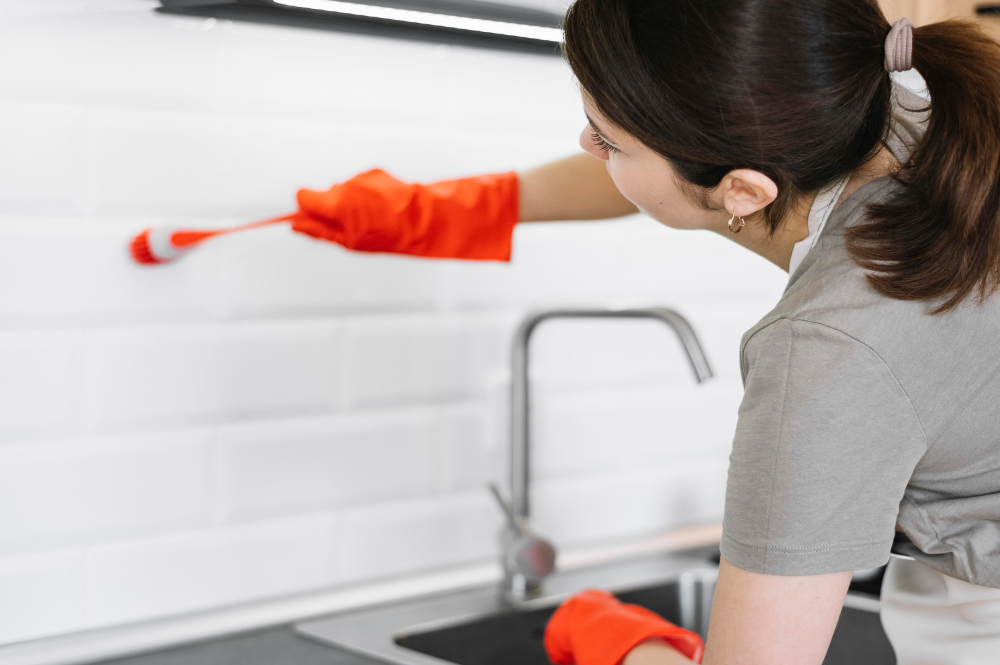
Regular cleaning will help preserve the beauty of your tiles and prevent grime buildup that can be difficult to remove later on. The good news is that subway tiles are relatively easy to clean, thanks to their smooth surface.
To maintain the shine of your subway tile backsplash, wipe down with a damp cloth or sponge regularly. Avoid using abrasive cleaners or scrubbers as they may scratch the surface of the tiles.
Instead, use mild soap and warm water solution for stubborn stains.
If you notice any discoloration or mold growth on your backsplash over time, don’t panic! Simply mix equal parts vinegar and water in a spray bottle and apply directly onto affected areas before wiping off with a soft cloth.
In addition to regular cleaning practices, consider sealing grout lines every six months (or as recommended by manufacturer) for added protection against moisture damage.
Popular Brands & Sources
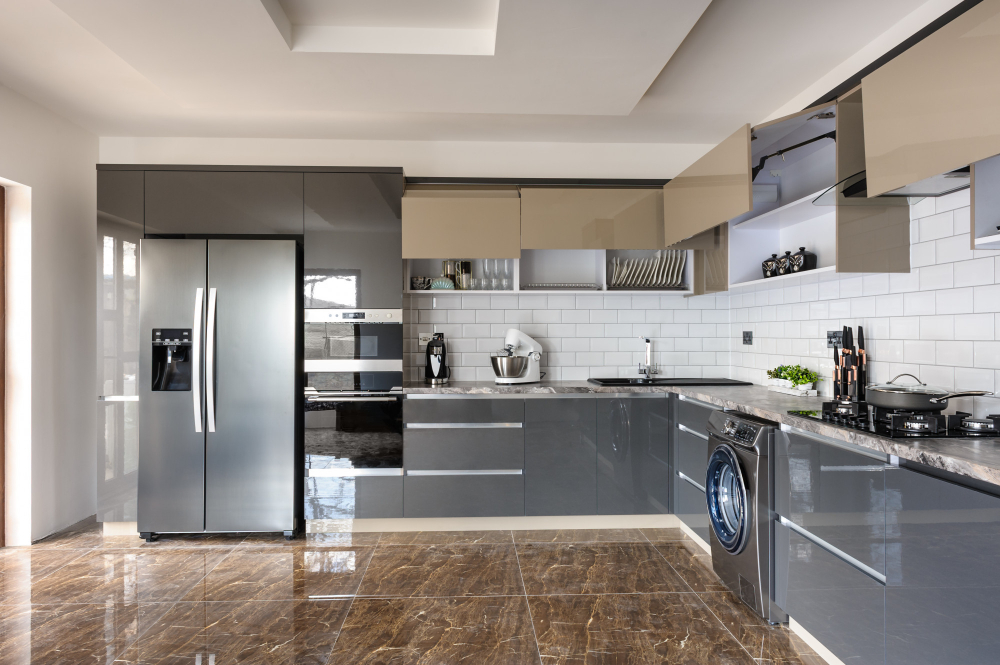
Some of the most popular brands include Daltile, American Olean, and Subway Ceramics. These companies offer a wide range of sizes, colors, patterns and materials that can fit any style or budget.
In addition to these well-known brands, there are also many online retailers that specialize in subway tiles such as TileBar.com or Wayfair.com. Shopping online allows you to compare prices easily while having access to a wider selection than what may be available at local home improvement stores.
If you prefer shopping in-store rather than online then Home Depot or Lowe’s would be great options for finding quality subway tile products at affordable prices.
Subway Tile Alternatives

One option is to use larger tiles that mimic the look of subway tiles but with fewer grout lines. Another alternative is using mosaic or patterned tiles that add a unique touch and create a focal point in your kitchen.
Glass tiles can also be an excellent choice as they reflect light and add depth to your backsplash. They come in various colors, sizes, and finishes such as matte or glossy.
Another popular alternative is natural stone like marble or granite which adds texture and elegance to any kitchen design. However, keep in mind that these materials require more maintenance than ceramic or glass options.
If you want something truly unique for your backsplash consider using reclaimed wood panels or metal sheets like copper which will give an industrial feel while still being functional.
There are many alternatives available if you want something different than traditional subway tile for your kitchen backsplash.
FAQ
What is the best size tile for kitchen backsplash?
The best size tile for a kitchen backsplash depends on personal preference, but larger tiles like 12×24 or 24×24 are easier to install, while smaller tiles like 3×6, 2×10, or 2.5×8 offer more customization options.
What is the standard size of a kitchen backsplash?
The standard size of a kitchen backsplash varies, but a typical height is 15 inches, although it can be shorter or taller depending on personal preferences and home design.
Can I use 12×24 tile as a backsplash?
Yes, a 12×24 tile can be used as a backsplash.
What size spacers should I use for 3×6 subway tiles?
For 3×6 subway tiles, you should use either 1/16″ or 1/8″ spacers.
How do I choose the appropriate subway tile size for my kitchen layout and design?
To choose the appropriate subway tile size for your kitchen layout and design, consider factors like scale, backsplash area, and overall aesthetic, then select a size that complements these elements.
What are the pros and cons of using larger subway tiles for a kitchen backsplash?
Pros: larger subway tiles provide a modern, clean look and involve fewer grout lines; Cons: may not work well in small spaces and less variety in design options.
How does the size of subway tiles affect the overall aesthetic and maintenance of a kitchen backsplash?
The size of subway tiles influences the overall aesthetic and maintenance of a kitchen backsplash by creating different visual effects and grout line frequency, which impacts cleaning efforts.
